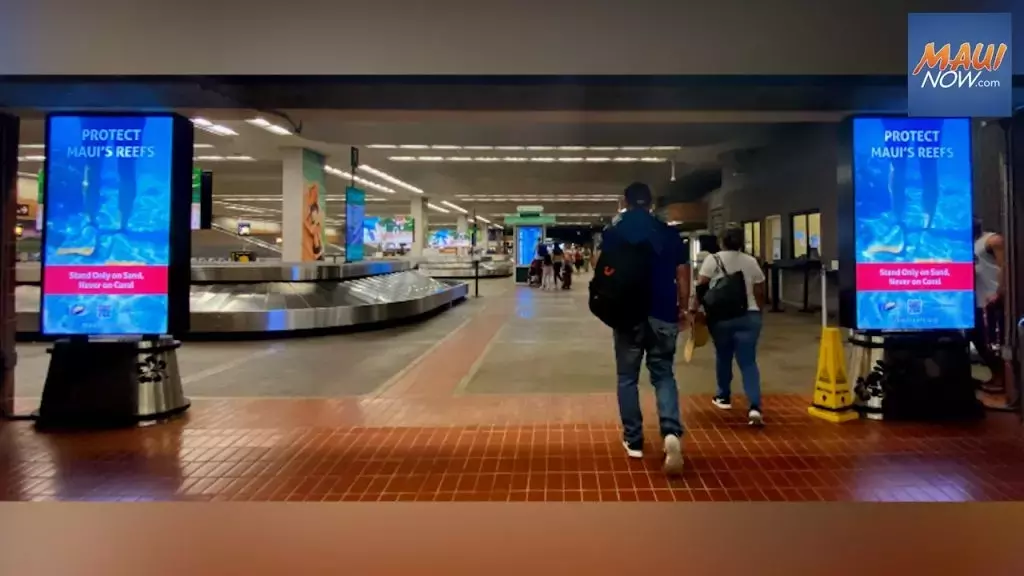
Economic Growth and Projections
The department raised its economic growth projections for 2024 to 1.6% and maintained the 2025 rate at 2%. This increase is based on the first half of 2024 economic data, which showed better-than-expected performance. Industries such as construction, professional services, health care, and agriculture are experiencing growth. Director James Kunane Tokioka believes that the tourism industry will continue to recover in the next few years, especially with the projected economic growth in the US and moderate growth in Japan.Data from the US Bureau of Economic Analysis revealed that the economic growth rate increased by 1.8% in the first half of 2024, and nominal personal income growth was 5.6%. However, slower growth is expected in the second half of the year. DBEDT anticipates steady economic growth at around 2% through 2027, with construction, real estate, and the recovery of tourism as the main drivers.
Tourism Sector Recovery
While tourism-related sectors have only recovered to 93% of pre-pandemic levels as of the second quarter of 2024, non-tourism sectors have shown firm growth. The Information sector has grown by 38.4%, the Professional, Scientific, and Technical Services sector by 25.5%, the Agricultural sector by 21.5%, and the Health Care and Social Assistance sector by 11.6%. However, sectors like Wholesale Trade, Utilities, Accommodation and Food Services, and Other Services are still below 2019 real GDP levels.Visitor spending is projected to increase from $20.6 billion in 2024 to $23.2 billion by 2027. Visitor arrivals are expected to start improving in 2025 as the Japanese visitor market recovery accelerates, with full recovery expected in 2027 when 10.4 million visitors are projected to come to the state.
Employment and Unemployment
In October 2024, statewide non-agriculture payroll jobs were still short by 21,000 compared to October 2019. Job counts in most sectors were lower, with Retail Trade losing 6,400 jobs, Accommodations losing 4,600 jobs, and Financial Activities losing 3,400 jobs. The statewide unemployment rate was 3% during the first 10 months of 2024, ranking eighth lowest in the nation. Maui County's average weekly unemployment claims were 45.8% higher than the 2019 level.Job vacancies during the first nine months of 2024 came down to 6,300, lower than the average monthly vacancy in 2019. The construction industry has been growing continuously, with a historic record high of 43,300 construction payroll jobs in October 2024. The value of private building permits increased by 28.6% during the first 10 months of 2024, and government contracts will have a lasting impact on construction activity in the next few years.
Real Estate and Home Sales
After a 26% decline in 2023, Hawai‘i home sales increased by 18% during the first nine months of 2024. Sales of single-family homes increased by 14.6%, and condominium home sales increased by 21.2%. The average sale price of single-family homes was $1,104,714, representing an 8.9% increase, while the average sale price for condominium homes was $750,938, with a 2.4% increase.Hawai‘i's construction industry is booming, with the total value of construction reaching $11.8 billion in 2023 and a 14.8% increase in the contracting tax base during the first half of 2024.
Inflation and Interest Rates
Honolulu consumer inflation was 4.2% in September 2024, 2 percentage points higher than Hawai‘i's inflation rate in September 2023 and 1.8 percentage points above the US inflation rate. Housing was the main driver of inflation, increasing by 6.6%.The Federal Reserve cut its fed funds rate target by 25 basis points in November. It has cut key interest rates twice this year, reducing the Federal Funds rate to a range of 4.5%-4.75%. DBEDT predicts that Hawai‘i's economic growth rate will be 1.6% in 2024, 2% in 2025, and 1.8% in 2027. Inflation is expected to be 4.3% in 2024 and decrease to 2.6% by 2027. Hawai‘i's population is expected to decrease by 0.2% in 2024 and then increase by 0.1% each year in the following years.
To see the full report, click here.